Why Is DeepSeek Bad for NVIDIA Analyzing the AI Disruption Shaking the Chip Giant
The rise of DeepSeek is challenging NVIDIA's dominance in AI hardware. Since the launch of DeepSeek R1 in January 2025, NVIDIA has faced stock market volatility, with billions in market value wiped out.
Why is DeepSeek bad for NVIDIA? The answer lies in its cost-efficient AI model training, software-driven optimization, and geopolitical advantages. This article explores the key reasons why DeepSeek is disrupting NVIDIA's business model and reshaping the AI hardware industry.
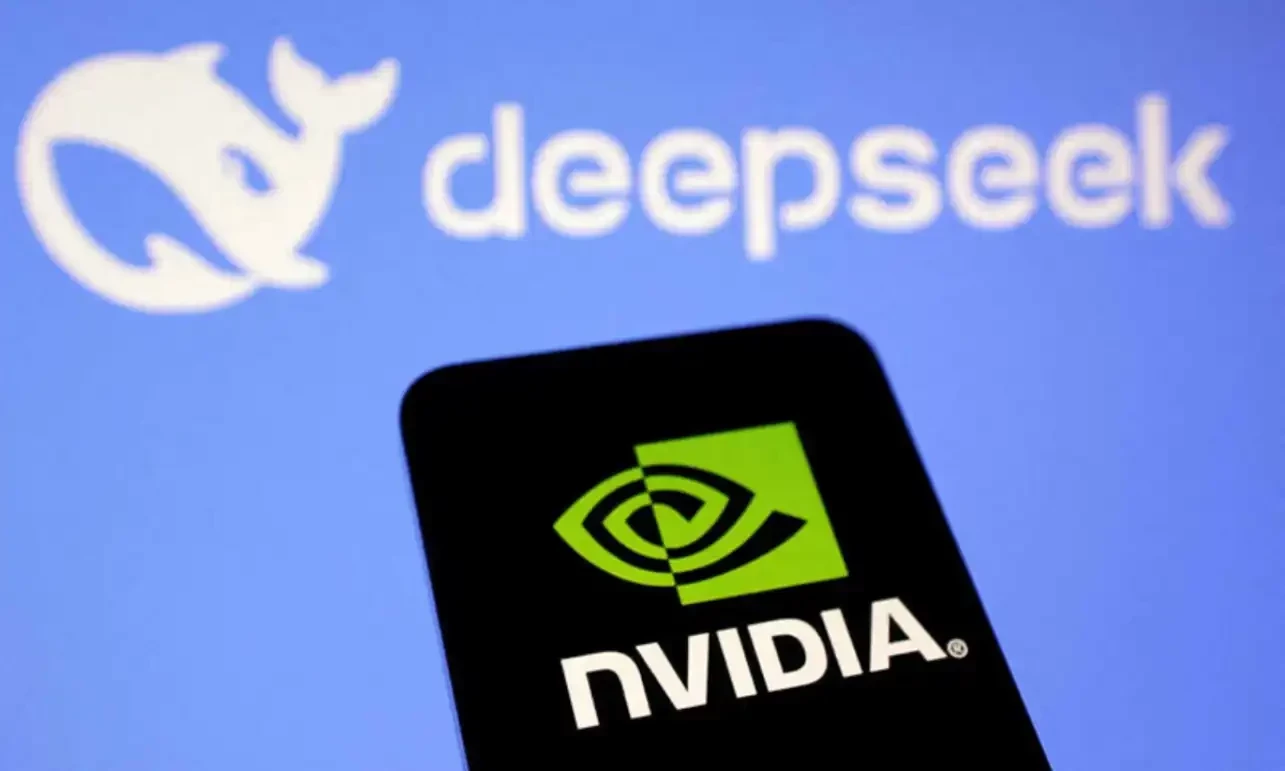
Part 1: DeepSeek's Cost Efficiency Undermines NVIDIA's Business Model
NVIDIA's business thrives on selling high-performance GPUs to AI companies that need massive computational power for training models. DeepSeek challenges this model by drastically reducing the cost of AI training and AI inference costs.
Lower AI Training Costs
DeepSeek trained R1 using just 2,048 NVIDIA H800 GPUs at a cost of $5.6-6 million, significantly less than the $100 million OpenAI spent on GPT-4 or the $60 million Meta used for LLaMA 3. The efficiency comes from sparse activation and FP8 mixed-precision training, reducing computational costs.
Lower Inference Costs
DeepSeek offers an API pricing model of $0.55 per million input tokens, compared to OpenAI's $15 per million tokens, drastically reducing AI inference costs. This makes it more attractive for businesses looking for cost-effective AI deployment and reduces the demand for high-end NVIDIA GPUs.
For NVIDIA, whose $61 billion in 2024 revenue depended on GPU sales to hyperscalers, the shift toward more efficient AI training methods signals a potential decline in demand for expensive hardware.
Part 2: DeepSeek's Software Optimization Reduces GPU Dependence
DeepSeek's success proves that AI breakthroughs no longer require brute-force GPU computing. Instead, smart software optimization can compensate for hardware limitations.
Software Innovations Lower GPU Needs
- DeepSeek V3 uses a Mixture of Experts (MoE) model that activates only 37 billion parameters during inference while having a total of 671 billion parameters, reducing GPU power consumption.
- DualPipe Optimization enhances inter-GPU communication, making it possible to train models efficiently on older or downgraded NVIDIA GPUs like the A100 and H800.
Even with U.S. export restrictions limiting access to cutting-edge NVIDIA GPUs like the H100, DeepSeek has developed workarounds that maintain AI performance without relying on the latest chips.
Part 3: Geopolitical Tensions and the Fragmentation of AI Markets
Why is DeepSeek bad for NVIDIA? The U.S.-China tech rivalry has accelerated software-driven AI innovation in China, reducing reliance on high-end NVIDIA hardware.
US Chip Export Restrictions Backfire
- DeepSeek relies on NVIDIA's H800, a downgraded AI chip for China, showing how AI firms are finding loopholes in chip restrictions.
- China's push for AI self-sufficiency means more domestic funding and incentives for alternatives to NVIDIA.
Emerging Markets Adoption
While U.S.-based companies may hesitate to adopt DeepSeek due to data privacy concerns, its open-source AI model is gaining traction in emerging markets. This could lead to fragmentation in AI development, weakening NVIDIA's global influence.
Part 4: Investor Concerns Over NVIDIA's Long-Term Growth
DeepSeek's rise has fueled doubts about NVIDIA's long-term revenue model.
Declining GPU Demand from AI Companies
- Tech giants like Google, Amazon, and Meta are developing custom AI chips to reduce reliance on NVIDIA.
- As AI models become more efficient, companies are questioning the need for expensive GPU investments.
Market Overvaluation Risks
- NVIDIA's stock valuation assumes continuous AI growth, but DeepSeek's advancements in AI efficiency could challenge these projections.
- If AI computing becomes more cost-effective, it could lead to lower revenues per GPU sale, similar to how cloud storage costs have fallen over time.
Part 5: Security Risks and Regulatory Concerns
Another reason why DeepSeek is bad for NVIDIA is the growing scrutiny over AI security and ethical concerns.
DeepSeek's Security Vulnerabilities
- Cybersecurity firm KELA found that DeepSeek R1 is vulnerable to generating ransomware and disinformation.
- Privacy issues-DeepSeek models store data on Chinese servers, raising compliance issues in the EU and US markets.
For NVIDIA, association with less secure AI models could impact its enterprise and government contracts, which prioritize AI security and compliance.
Part 6: NVIDIA's Response and Future Challenges
To counter DeepSeek's disruption, NVIDIA has integrated DeepSeek R1 into its NIM microservice platform, aiming to maintain its influence in AI infrastructure.
Challenges to NVIDIA's AI Dominance
- Big Tech companies are developing in-house AI hardware to reduce reliance on NVIDIA GPUs.
- Open-source AI frameworks like MLX and Triton are eroding CUDA's dominance, making AI models more flexible across different hardware platforms.
If NVIDIA does not adapt to the changing AI landscape, its position as the leading AI hardware provider could be at risk.
Conclusion
Why is DeepSeek bad for NVIDIA? It represents a fundamental shift in AI development, proving that software-driven AI models can achieve high performance without relying on high-cost GPUs.
DeepSeek's impact goes beyond NVIDIA's stock price. It is reshaping AI infrastructure, making efficiency the new priority over brute-force computing power.
While NVIDIA remains a dominant player, its long-term position will depend on how well it adapts to this changing AI landscape.


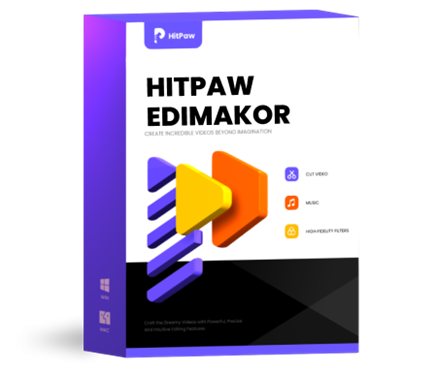 HitPaw Edimakor
HitPaw Edimakor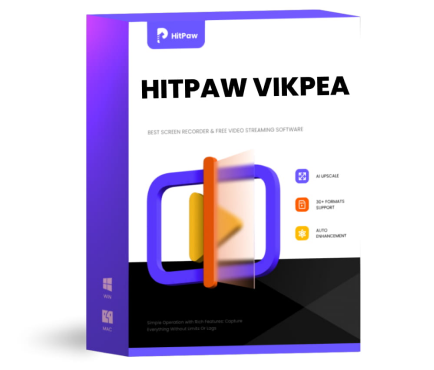 HitPaw VikPea (Video Enhancer)
HitPaw VikPea (Video Enhancer)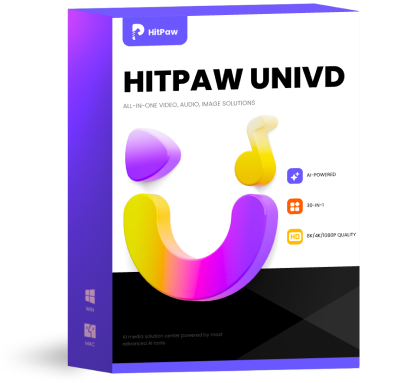 HitPaw Univd (Video Converter)
HitPaw Univd (Video Converter) 
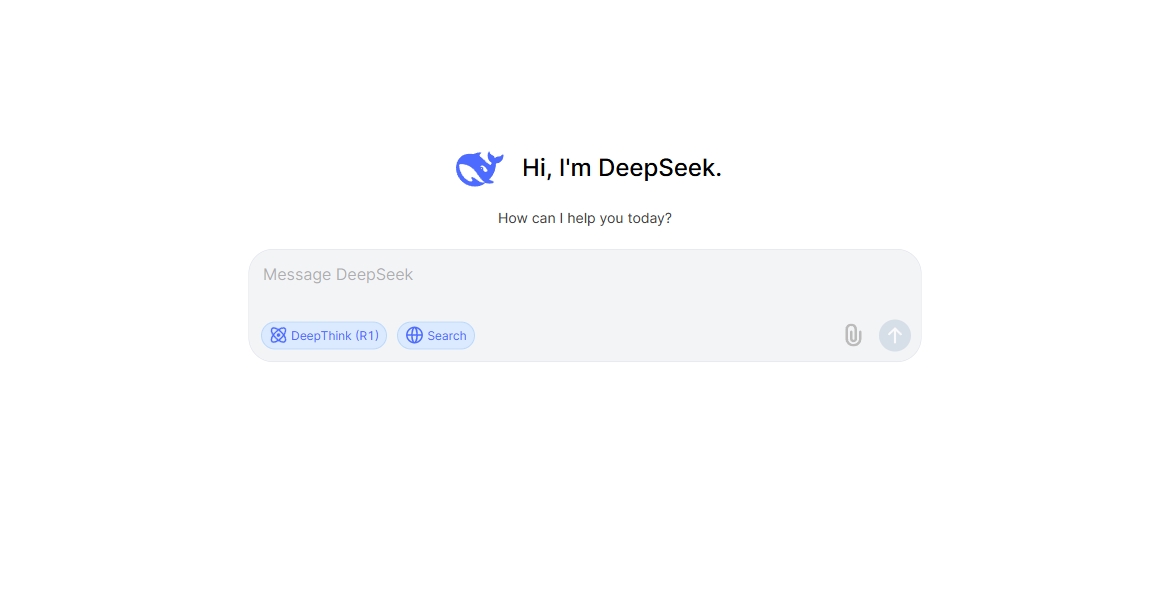
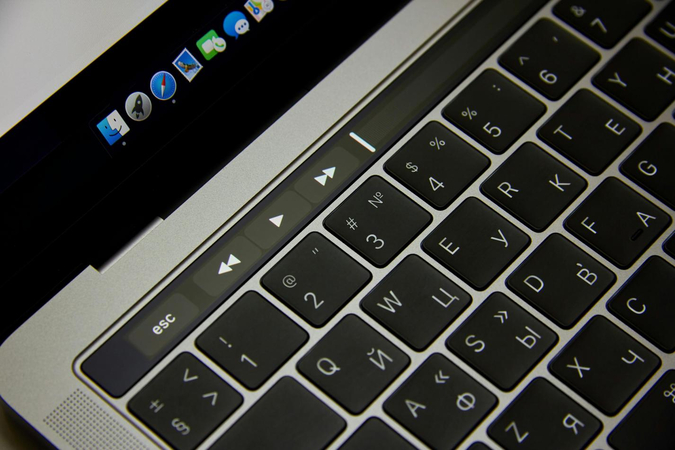

Share this article:
Select the product rating:
Daniel Walker
Editor-in-Chief
My passion lies in bridging the gap between cutting-edge technology and everyday creativity. With years of hands-on experience, I create content that not only informs but inspires our audience to embrace digital tools confidently.
View all ArticlesLeave a Comment
Create your review for HitPaw articles